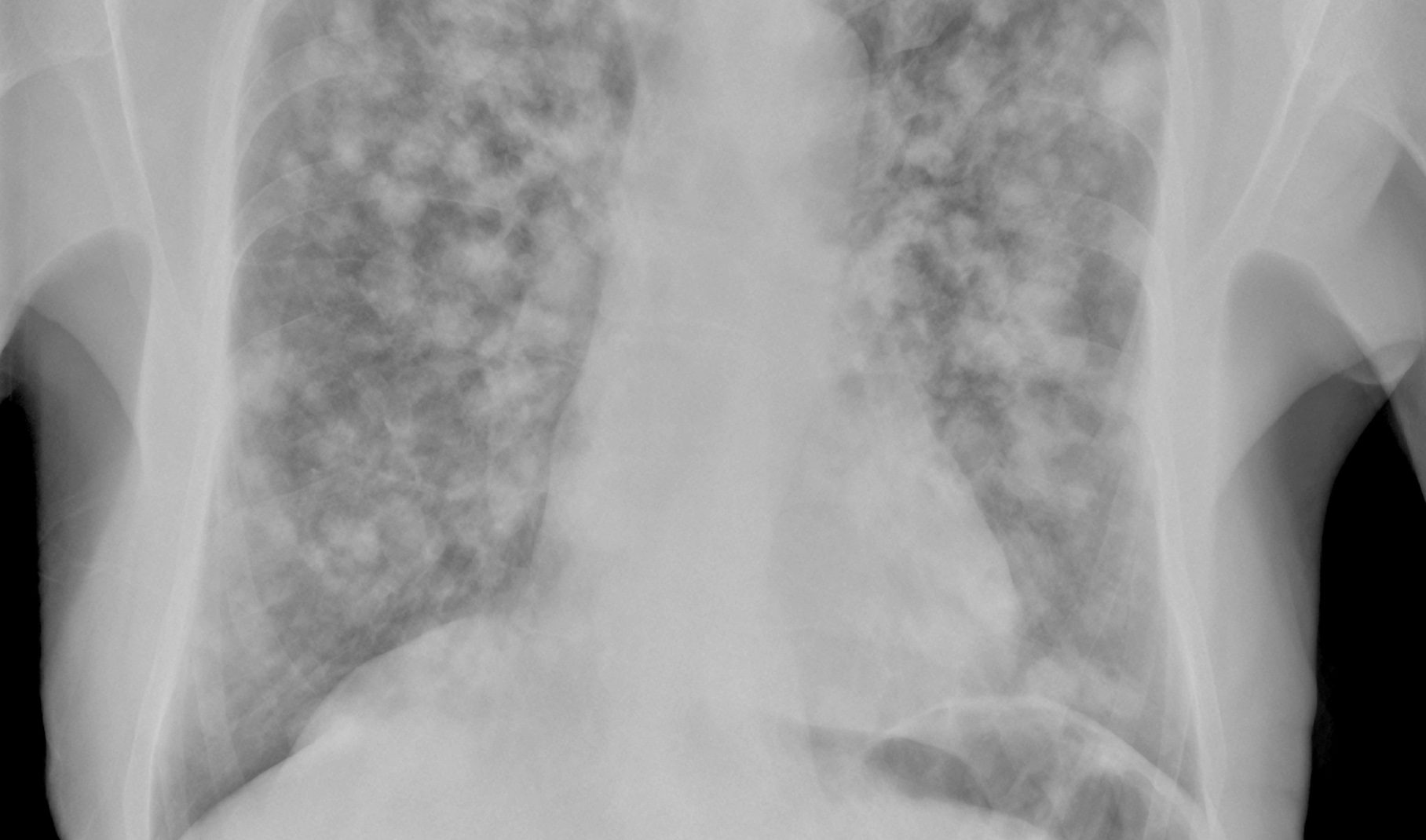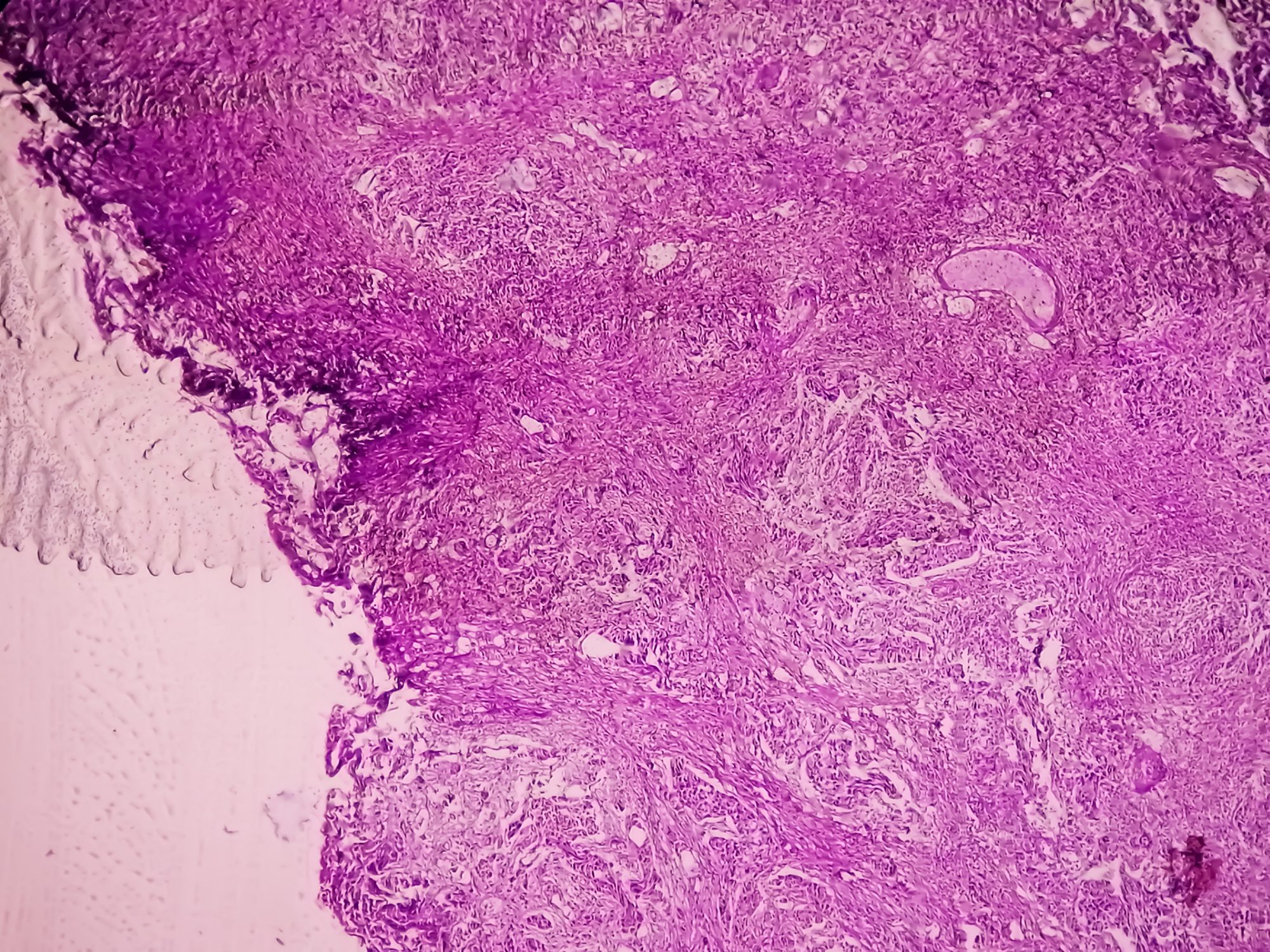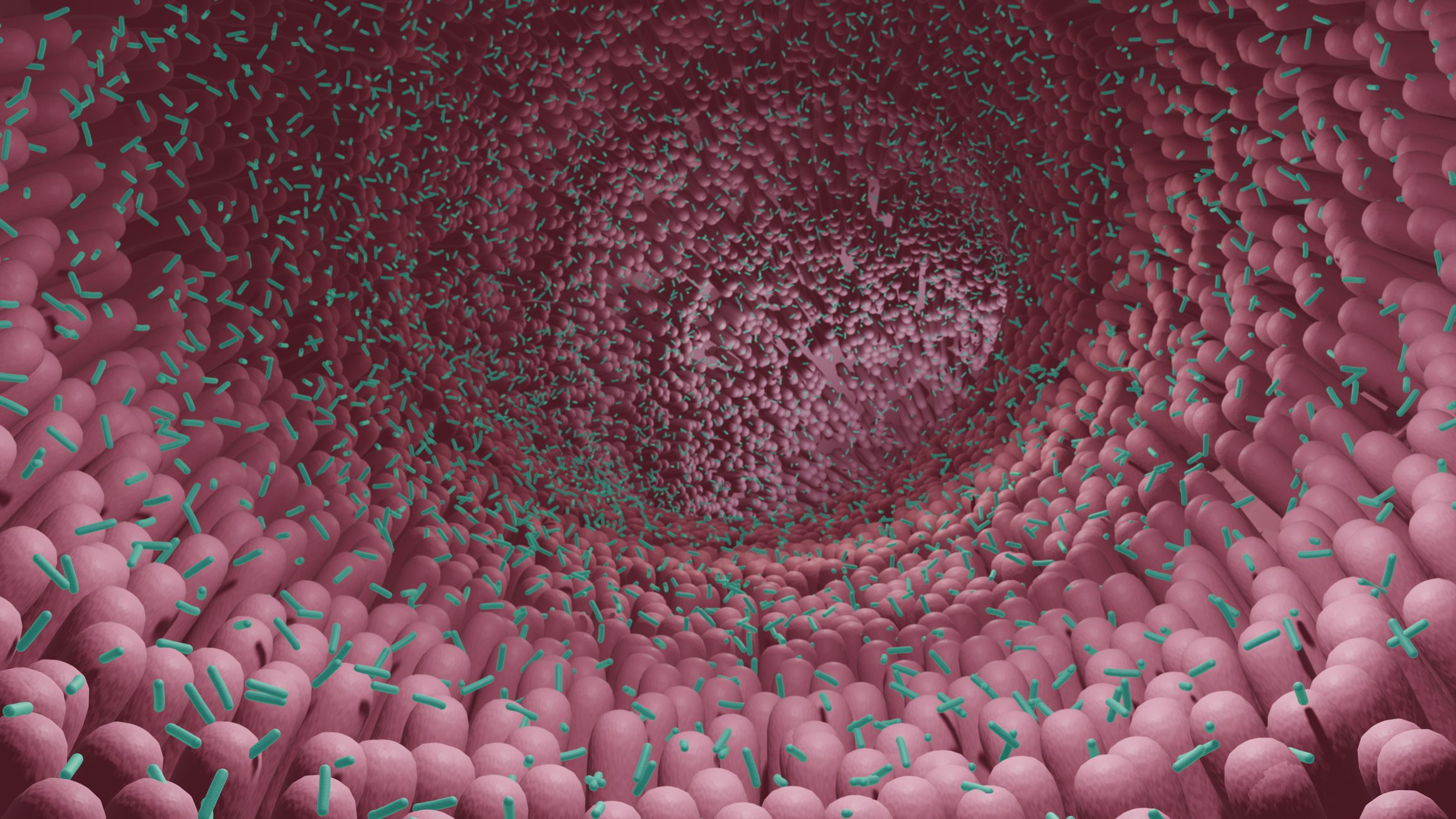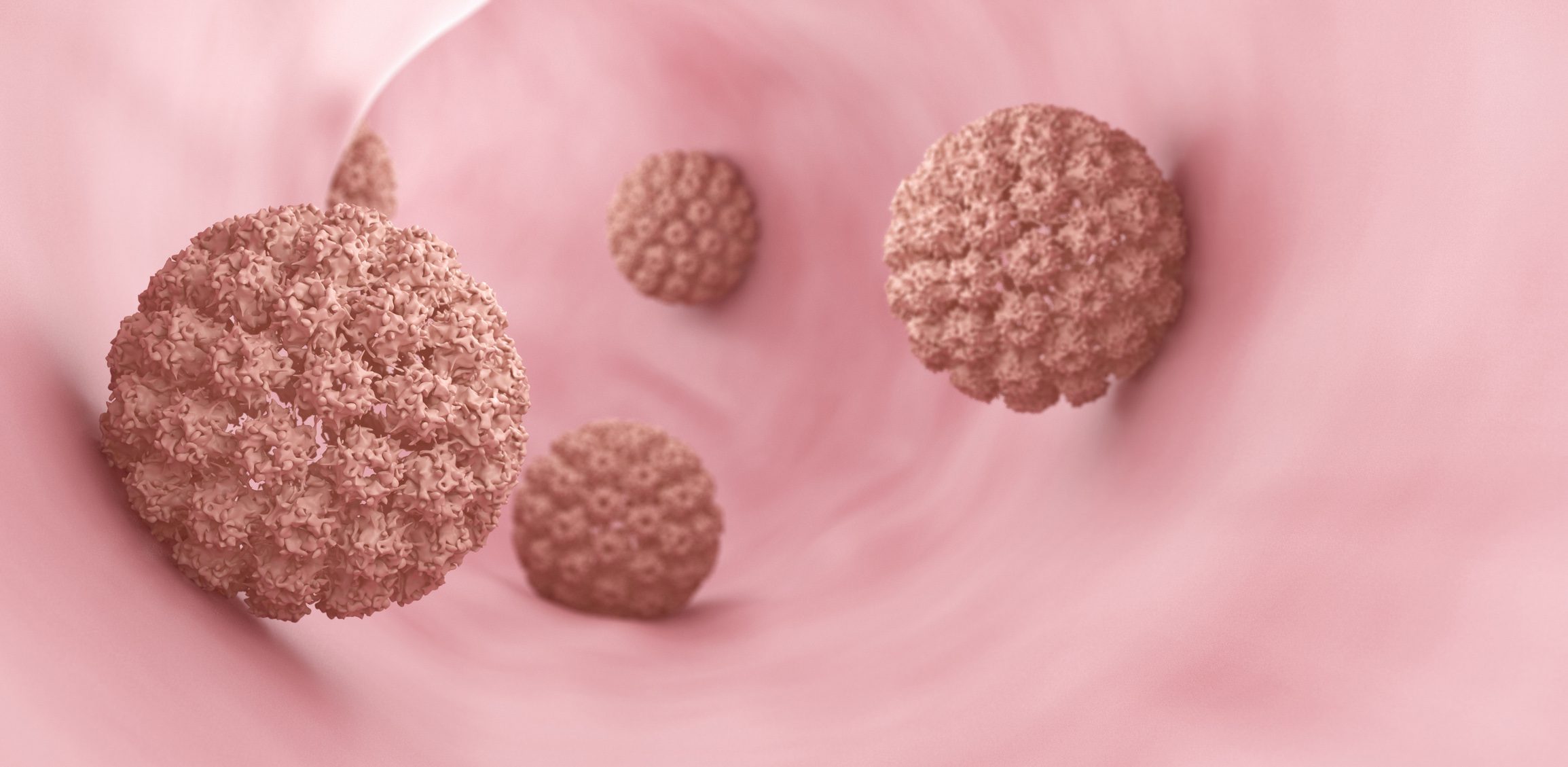The altered pharmacokinetics and dynamics of the drug are associated with a reduced risk of hypoglycemia.
Fear of hypoglycemia can severely affect both quality of life and treatment adherence and persistence in patients with type 2 diabetes. It stands in the way of achieving individual blood glucose levels, especially when patients have already experienced severe hypoglycemia. The risk of hypoglycemia can be reduced with Toujeo® (insulin glargine 300 E/ml), as some studies show.
Less hypoglycemia thanks to revised formulation
Clinical benefits from the altered pharmacokinetics and dynamics of insulin glargine 300 E/ml versus insulin glargine 100 E/ml are evident from the EDITION study data. For example, the meta-analysis of one-year data (EDITION 1 to 3) concluded that patients with type 2 diabetes of different stages benefited from insulin glargine 300 E/ml, which was not only more effective in lowering HbA1c compared with insulin glargine 100 E/ml, but was also associated with less hypoglycemia: The rate of nocturnal confirmed hypoglycemia decreased by 25%, and the risk at any time of day decreased by 9%. Subgroup analyses confirm these results. For example, patients with type 2 diabetes and renal dysfunction also benefited from the reduced risk of hypoglycemia.
Favorable profile also in older patients
The current SENIOR study also confirms significant superiority of insulin glargine 300 E/ml over insulin glargine 100 E/ml. The prospective, randomized, controlled, parallel-group study compared two groups of a total of 1000 elderly patients with type 2 diabetes. The minimum age was 65 years. While one group received insulin glargine 100 E/ml, the other received insulin glargine 300 E/ml. After 26 weeks, insulin glargine 300 E/ml was shown to be equally effective in lowering HbA1c, but carried a lower risk of symptomatic hypoglycemia. This finding could be clinically relevant, especially since the SENIOR study population is significantly more vulnerable to younger patients.
Insulin glargine 300 E/ml versus insulin degludec
The BRIGHT study is the first head-to-head randomized controlled trial directly comparing the effect of insulin glargine 300 E/ml and insulin degludec in insulin-naïve type 2 diabetic patients. Study participants were randomized into two groups, one receiving insulin glargine 300 E/ml (n=466) and the other insulin degludec (n=463) as an evening dose. Throughout the 24-week study period and during the maintenance period, the incidence and frequency of confirmed hypoglycemic events were comparable between the two basal insulins. However, in the titration phase (weeks 0 to 12), administration of insulin glargine 300 E/ml versus insulin degludec was associated with a reduction in confirmed hypoglycemia at any time of day.
Source: Sanofi
HAUSARZT PRAXIS 2019; 14(6): 29











